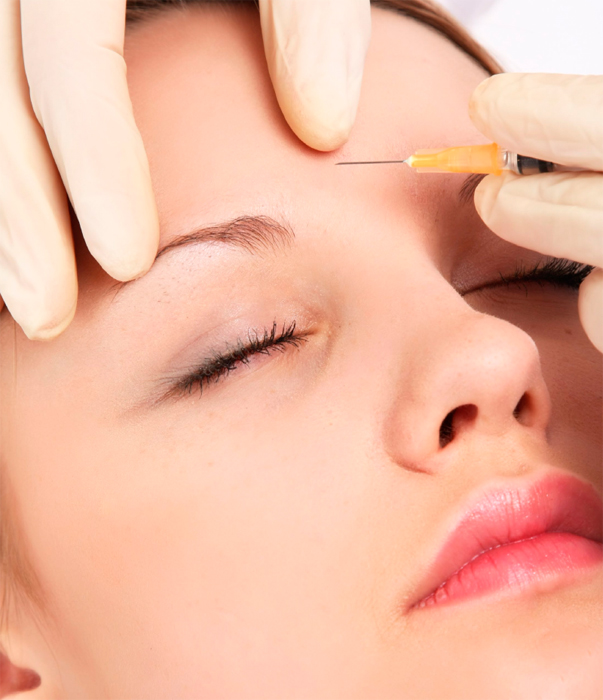
Jean Carruthers (b. 1949), Alastair Carruthers (b. 1945)
FROM FOOD POISON TO WRINKLE REMOVER. Botulinum toxin has undergone a number of reincarnations over the years, from a contaminant in improperly prepared foods, to a laboratory research tool to probe nerve-muscle communication, to a drug to treat problems involving eyes, muscles, and excessive sweating to, most famously, a drug that combats wrinkles for cosmetic purposes.
Food botulism, a rather rare but serious condition, is associated with improperly processed canned or preserved foods. During the nineteenth century, the problem was shown to be caused by a nerve poison produced by the bacterium Clostridium botulinum. Botulinum toxin, among the most poisonous of all substances, causes death by paralyzing the breathing muscles. It does this by preventing the release of the neurotransmitter acetylcholine from nerve endings responsible for activating muscles. Military laboratories have taken a keen interest in the toxin because of its potential in biological warfare.
During the 1980s, ophthalmologists employed it successfully to treat “crossed eyes” (strabismus) and “uncontrollable blinking” (blepharospasm), and the Food and Drug Administration approved it for these conditions in 1989. Some years later, it was found of value to control spasms of the neck and shoulders (cervical dystonia) and excessive underarm sweating.
During the course of injecting Botox for eye disorders in 1987, Vancouver ophthalmologist Jean Carruthers and her dermatologist husband Alastair accidentally noted that it relaxed the muscles and softened the frown lines between the eyebrows (glabellar lines), which gives the face an angry or tired look. The Carruthers never patented nor cashed in on their billion-dollar discovery, but Allergan, the Botox patent holder, did. Botox Cosmetic (botulinum toxin type A or onabotulinumtoxin A) was approved for this use in 2002. In addition, it is commonly used without the FDA endorsement, to reduce wrinkles on the forehead, lips, and neck, as well as to reduce crow’s feet. The benefits are temporary, and repeat injections are needed every four months, at a cost of between $400 and $1,000 per treatment session, to retain or regain that youthful appearance. Expenses notwithstanding, Botox injections are the most commonly performed non-surgical medical procedure.
SEE ALSO Curare (1850), Neurotransmitters (1920), Food and Drug Administration (1906), Off-Label Drug Use (1962).

Botox injections are perhaps the most popular minimally invasive cosmetic procedures. In 2010, about 5.4 million injections were administered to men and women.